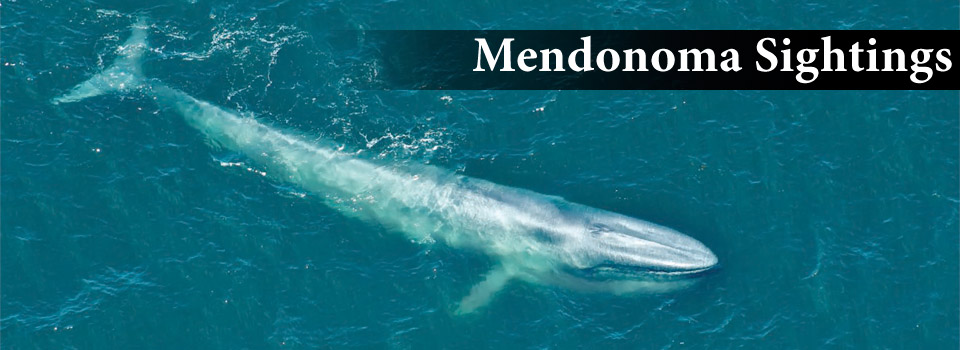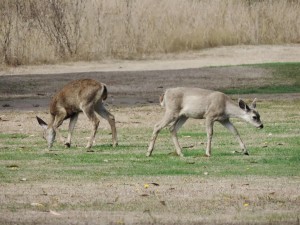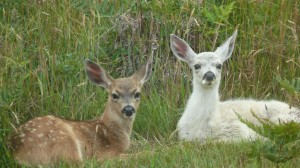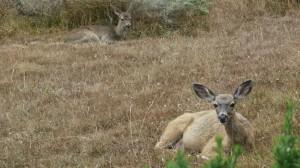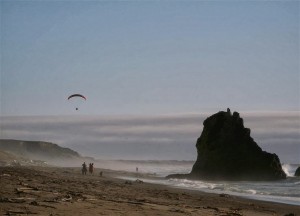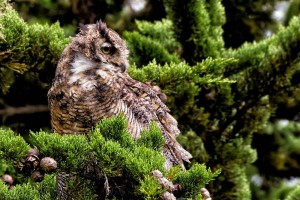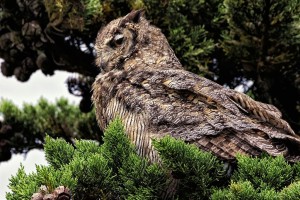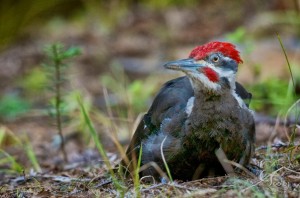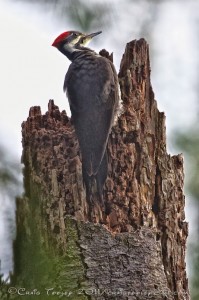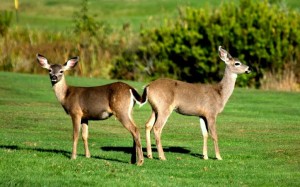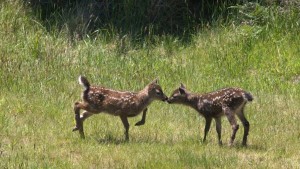It's unusual to have a white Fawn born but it has happened in 2006, 2009 and now in 2013. In each case they colored up, proving that they weren't leucistic but tow-heads. Mike Mee got a recent photo of the white Fawn with its normal-colored sibling.
Here is how the two fawns look on July 10th.
The mother of these fawns is light colored. Peggy Mee sent in this photo and theorized that she might have been the white fawn born in 2009.
A wonderful mystery to contemplate here on the Mendonoma Coast. Thanks to Peggy and Mike for allowing me to share their photos with you here.
A storm has just passed through bringing .65 inches of rain at our place in Anchor Bay. Early rains are always welcome, freshening up the plants and dampening down the fire danger. Can wild mushrooms be popping soon? I will most certainly let you know!
